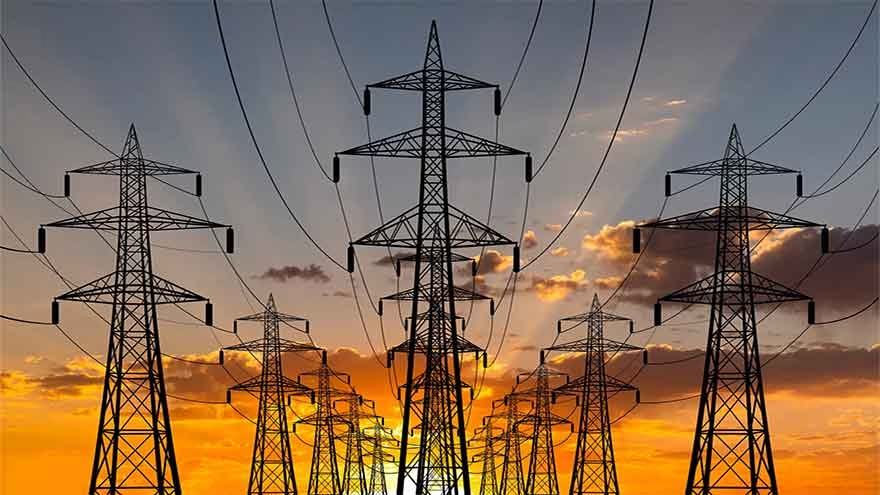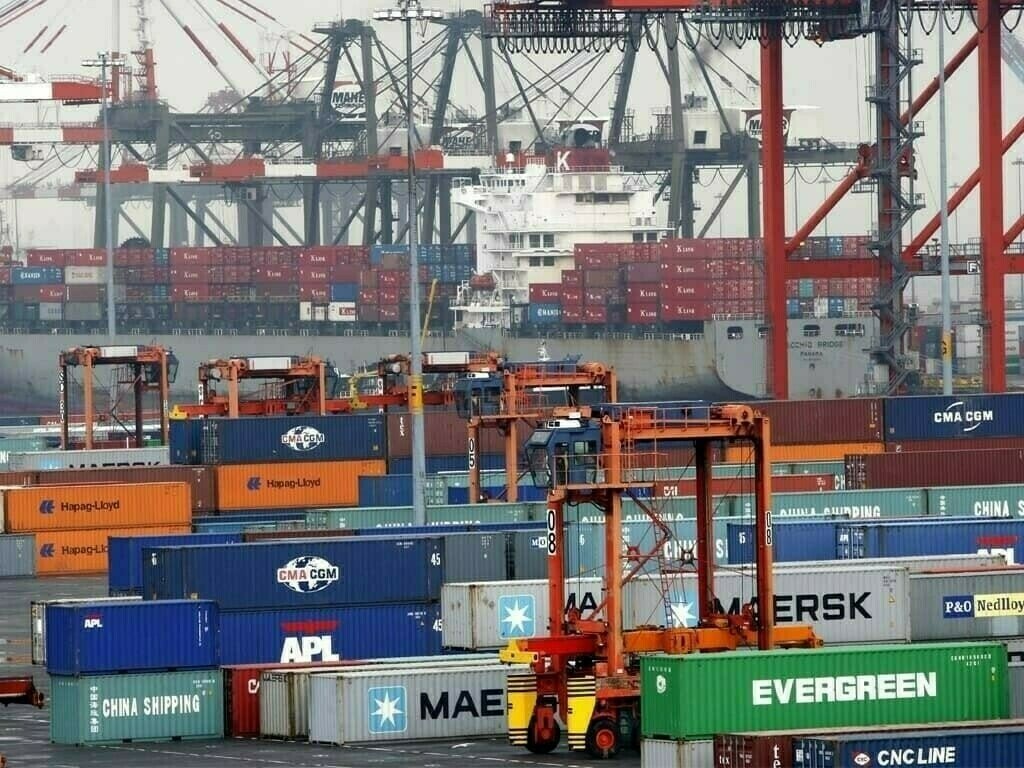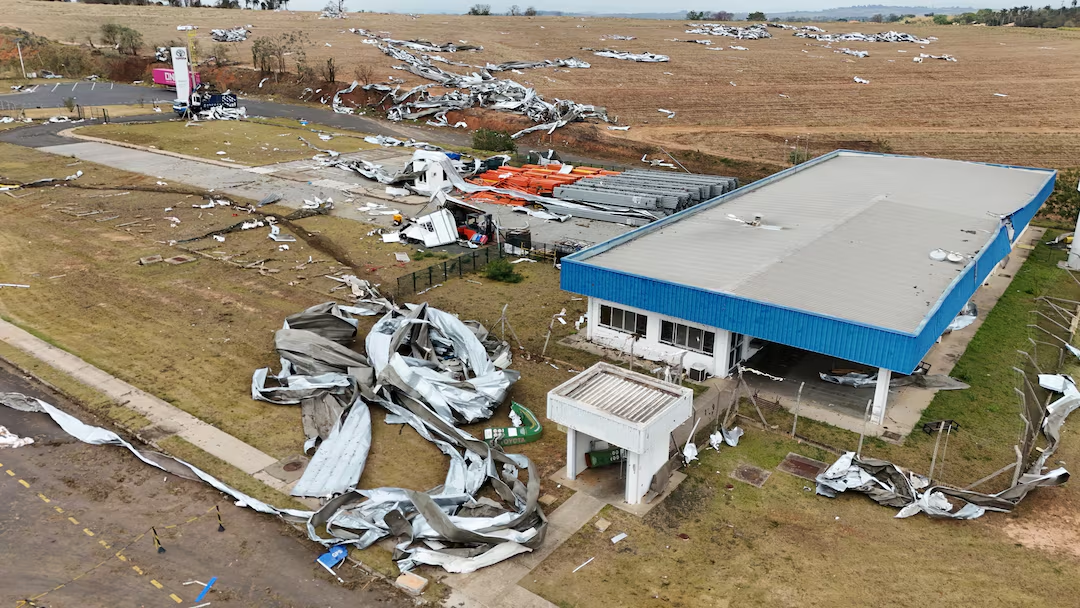Electricity tariffs in Pakistan have once again come under the spotlight as the National Electric Power Regulatory Authority (NEPRA) announced an increase in power rates for August 2025 under the fuel charges adjustment (FCA). The rise, though relatively small at 19 paisas per unit, has sparked frustration among consumers nationwide, including K-Electric users. With rising fuel costs and growing reliance on expensive energy imports, the debate over electricity affordability in the country has intensified.
Why Electricity Tariffs in Pakistan Are Increasing
The latest hike is linked to the August FCA, a monthly adjustment mechanism that passes the burden of fluctuating fuel prices onto consumers. During a public hearing at NEPRA headquarters chaired by the authority’s head, representatives from the Central Power Purchasing Agency (CPPA-G), the Ministry of Energy, industry leaders, journalists, and the general public shared their views.
According to CPPA-G, the demand for an increase of 19 paisas per unit is essential to cover fuel costs. This adjustment will apply to all distribution companies (DISCOs) and K-Electric consumers, excluding lifeline users, prepaid customers, and electric vehicle charging stations. NEPRA has stated that it will cross-check the data before issuing a detailed order, but the short order already confirms the upward tariff revision.
Current Electricity Production and Cost Breakdown
The official figures for August highlight why electricity tariffs in Pakistan continue to rise. In that month alone, DISCOs received 102.94 billion units of electricity. The average cost of electricity rose to Rs7.50 per unit, up from Rs7.31 in the previous month.
A closer look at the fuel mix shows the extent of reliance on costly resources:
- Local coal: Rs12.01 per unit
- Imported coal: Rs14.07 per unit
- Furnace oil: Rs33 per unit (highest among local sources)
- Natural gas: Rs13.43 per unit
- LNG: Rs21.73 per unit
- Imported electricity from Iran: Rs41 per unit
- Bagasse-based generation: Rs9.87 per unit
This heavy reliance on expensive fuels and imports explains why NEPRA is compelled to approve tariff hikes despite strong public opposition.
The Impact on Consumers
The latest increase in electricity tariffs in Pakistan may appear minor at 19 paisas, but it adds to a series of monthly hikes that households and businesses have endured throughout 2025. For average households, even small increases accumulate into substantial monthly bills, straining already tight family budgets.
Industrial consumers are also deeply concerned. Higher power costs directly affect production expenses, which are ultimately passed on to consumers in the form of pricier goods and services. The business community has repeatedly warned that unchecked electricity costs undermine competitiveness, particularly for small and medium-sized enterprises that operate on slim profit margins.
Fuel Dependence and Policy Challenges
The rising cost of electricity tariffs in Pakistan reflects structural issues in the power sector. The reliance on furnace oil, imported coal, LNG, and electricity from Iran has created a costly energy mix vulnerable to international price shocks. With imported electricity costing Rs41 per unit and LNG at Rs21.73, Pakistan’s dependence on external sources exposes consumers to unpredictable global market fluctuations.
Experts argue that greater investment in renewable energy could reduce this burden. Hydropower, solar, and wind energy projects offer cleaner and cheaper alternatives but require long-term planning, financing, and infrastructure upgrades.
What Lies Ahead for Electricity Tariffs in Pakistan
NEPRA has made it clear that it will thoroughly examine CPPA-G’s submitted data before releasing a detailed decision on the August FCA. However, with rising fuel prices and growing dependence on imports, the chances of relief for consumers remain slim in the near future.
The government is also under pressure to balance consumer protection with financial sustainability for the power sector. Circular debt, mounting fuel costs, and delayed reforms all add to the complexity of the situation. Unless structural changes are implemented, electricity tariffs in Pakistan are likely to continue their upward trajectory.
The recent rise in electricity tariffs in Pakistan under the August FCA illustrates the deep-rooted challenges of the energy sector. Despite public outcry, NEPRA had little choice but to approve the hike due to soaring fuel costs. With imported electricity from Iran hitting Rs41 per unit and furnace oil reaching Rs33, consumers are bearing the brunt of Pakistan’s expensive energy mix.
Going forward, meaningful reforms are essential. Investment in renewable energy, better fuel procurement strategies, and reduced reliance on imports could gradually stabilize electricity tariffs in Pakistan. Until then, consumers should brace for continued fluctuations in their monthly bills.



